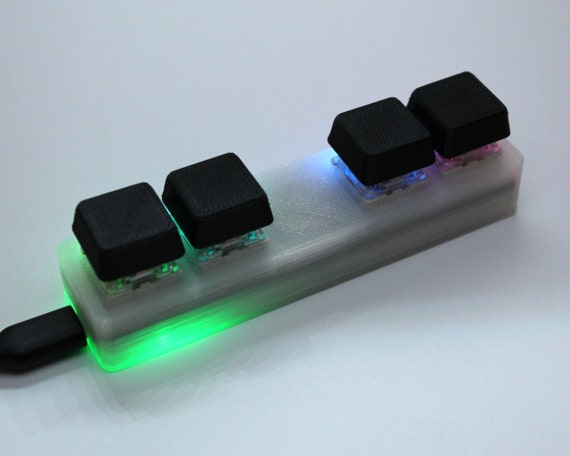
Soldering the wire to pin 12 of the HC-05 is my favorite method, because I may have other uses in my projects for a small 3.3 V regulated power source. Most of the different backboards I have seen for the HC-05 have a built-in 3.3 V regulator connected between the VCC header pin and pin 12 of the HC-05 module. solder a wire to the HC-05 module pin 12 like I have done (for purposes outside of the scope of this article).use two resistors as a voltage divider to produce 3.3 V from 5 V.use the 3.3 V pin on the Arduino (if you have an Arduino that has a 3.3 V pin).To program that one, you will need to supply 3.3 V to the Key pin using a method of your choice.

Instead, the 3.3 V regulator output and they Key pin are on the header, and you temporarily connect the Key pin to 3.3 volts to put it in programming mode.Īnother type of transceiver I have seen has the Key pin on the header, but does not have 3.3 V on the header. This transceiver from the Make article also does not have a Key pushbutton switch to put it in programming mode. The transceiver in the Make guide does not have the State pin available on the header, so the instructions in the Make article have you solder a wire to pin 32 to get the State.

The most common one on eBay right now (May 2015) has a Key pushbutton switch to put it in programming mode. One of the header pins accepts an input VCC voltage between 3.6 and 6 volts and sends the voltage through an on-board regulator, which supplies 3.3 V to the HC-05 on pin 12. The different versions break out the RX and TX and some other pins from the HC-05 stamp-shaped module to header pins.

#Osu keypad aduino Bluetooth
There are different versions of HC-05 Bluetooth transceivers available.


 0 kommentar(er)
0 kommentar(er)
